Tales of the Dodecahedron
Posted by John Baez
I’m back from Dartmouth. On Friday I gave a math talk to a popular audience - full of pictures, history, jokes and magic tricks. Even you experts may enjoy the slides:
- John Baez, Tales of the dodecahedron: from Pythagoras through Plato to Poincaré, Reese Prosser Memorial Lecture, Dartmouth College, November 10, 2006.
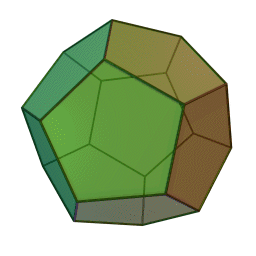
Abstract: The dodecahedron is a beautiful shape made of 12 regular pentagons. It doesn’t occur in nature; it was invented by the Pythagoreans, and we first read of it in a text written by Plato. We shall see some of its many amazing properties: its relation to the Golden Ratio, its rotational symmetries - and best of all, how to use it to create a regular solid in 4 dimensions! Poincaré exploited this to invent a 3-dimensional space that disproved a conjecture he made. This led him to an improved version of his conjecture, which was recently proved by the reclusive Russian mathematician Grigori Perelman - who now stands to win a million dollars.
(By the way, when I say that the Pythagoreans invented the dodecahedron, I’m not claiming nobody else invented it first! According to Atiyah and Sutcliffe, these blocks found in Scotland date to around 2000 BC:

Should we count them as Platonic solids even if they’re rounded? That’s too tough a puzzle for me. Still less do I want to get into the question of whether the Platonic solids were invented or discovered!)








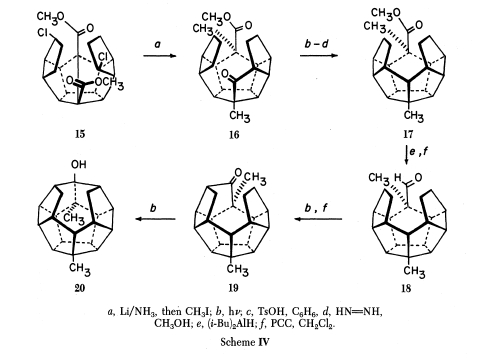
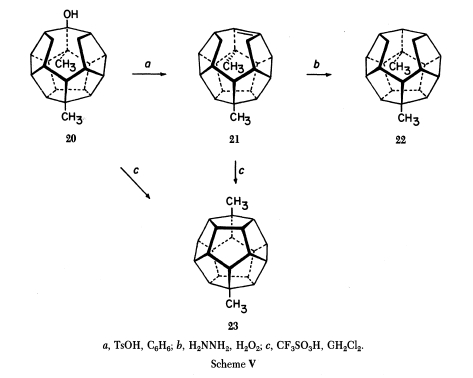
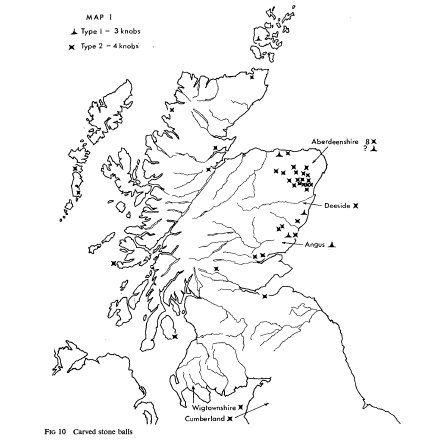
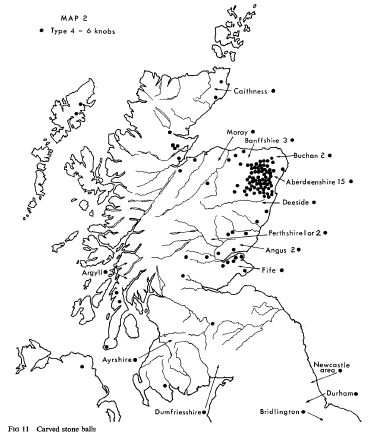
Re: Tales of the Dodecahedron
There’s a picture of Perelman linked at the Related Entry “Mathematics under the Microscope” that is rather apropos here.